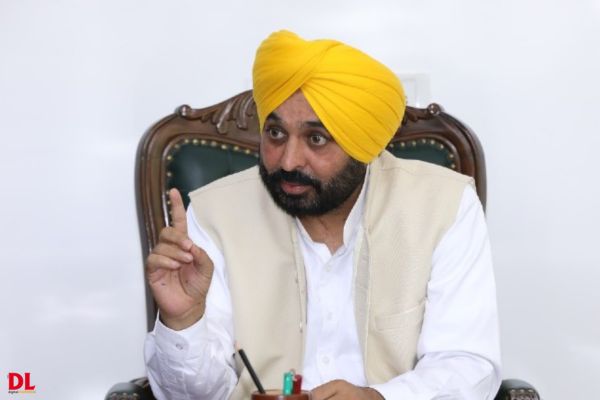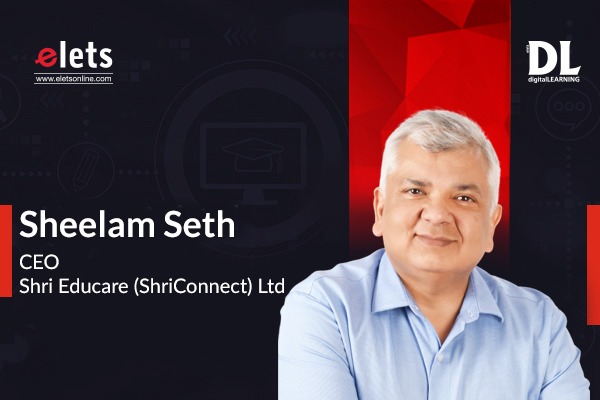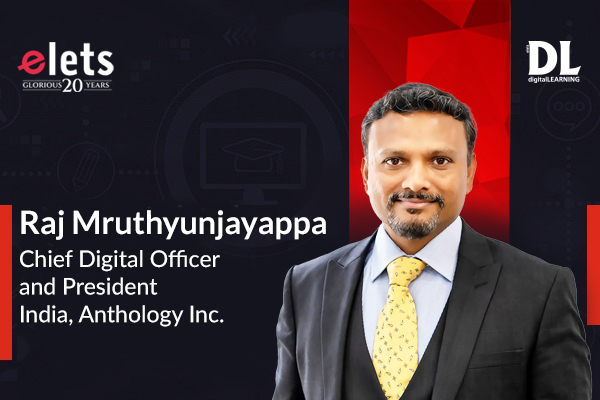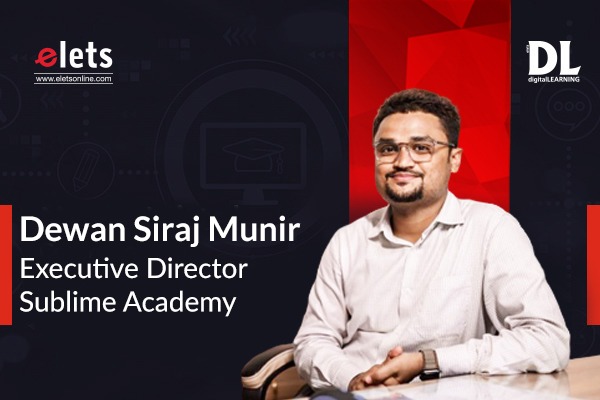Fintechs, like us, have a unique advantage (vs conventional players) as they understand their customer context very sharply given their depth of expertise in the vertical and access to realtime insights via live transactional data, shared Raman Thiagarajan, CEO and Founder, zenda in an exclusive conversation with Sheeba Chauhan of Elets News Network. Edited excerpts:
Tell us briefly about the inception of zenda, and the journey so far.
zenda is a fintech app for families. It enables families to pay school fees with pay-now, pay-later and multiple payment plan options, unlocking rewards for paying on time.
We started in June 2021 in the UAE. We are very grateful for the trust and affection that parents and schools have shown and for their fabulous support in helping zenda scale. Within 24 months of launch, we are now the largest player in the UAE with close to 20% market share in the K-12 segment.
We launched in India a little over a year ago and have also seen very exciting traction. More than 300 schools are already actively using zenda within this period, including some of the highly prestigious and marquee brands in the country. India is a very important market for us and we are doubling down on our traction and are continuing to grow actively.
We also recently launched a pilot school in a third market and early results are encouraging.
What do you believe are the biggest challenges for schools today?
One of the biggest challenges schools face is the predictability of their cash flows. Whilst schools are usually able to recover their monies by the end of the academic year, the majority of parents do not pay by the due date. Expenses for schools, on the other hand, are fixed and monthly in nature. This mismatch in timing usually causes significant stress for schools.
zenda aims to smoothen payments in the education ecosystem by providing flexible payment plans for schools & parents. Please elaborate on the same.
Before we get to discussing some of zenda’s innovative approaches, it may be helpful to understand in a bit more detail the complexity of the challenge at hand and the position of schools and parents in this context.
On the one hand, as we were discussing above, schools face challenges with being able to predict their cash flows, and any mismatch in the timing of outgoing flows/expenses with incoming collections can be a point of stress.
Additionally, current methods of collections involve significant manual efforts whether a) in following up with parents and chasing for overdue balances, b) in reconciling collections vs dues, or c) in the manual effort involved in processing non-digital payments such as cash, cheques etc.
On the other hand, parents usually prefer to pay fees in 10- 12 payments, because education expenses can account for a sizable portion of their disposable income and their expectation would be to match these expenses with their income cycles – i.e. in monthly installments.
This becomes even more challenging when family sizes are larger. Every parent deeply cares about their children’s future and the last thing they would want to default on is their children’s education. The majority of parents have every intention of paying – they are just seeking more flexibility.
As we can see, both parties are at differing ends of the same spectrum, which causes the underlying challenge.
This is where zenda has introduced a very innovative solution with flexible payment plans, that has simultaneously solved the problem for both parties. Parents can continue to pay in monthly installments (and that too without taking a loan) – and the school gets its money upfront.
Our approach has helped dramatically improve the predictability of cash flows for schools (whilst also driving digitization) and at the same time given convenience and flexibility to parents.
Feedback from schools and parents has been very positive. We are excited about the traction and are looking to take this to more schools in India.
Despite the rise of digital payment adoption globally, education still relies on traditional modes of payment. Please shed some light on how fintech can solve this problem.
When we think of other sectors – for example, ride-hailing, food ordering, or e-commerce, they have come a very long way in the last 5-10 years. The expectation of customers as well as the last mile experience is nothing less than fabulous. It is entirely app-based (as its digital native users expect) and free of any friction.
However, the same payment or transaction experience in a school’s context remains to be one of high friction for the parent and the school. Payment modes still continue to be outdated with cash, cheques, and bank transfers accounting for major portions. Schools spend an enormous time and effort reconciling payments, and parents face a lot of last-mile friction for something as simple as making a school fee payment. And as you work towards budget schools or schools in less urban locations, these challenge becomes larger.
However, I am very confident that all of this will change, and for good. Fintech is getting verticalized as we see in other sectors. And fintech can play a very meaningful and important role in enabling this transformation also in education.
Most financial services are commodities at their core – whether payments, credit, insurance, or investment. What would be the difference is the ability of fintech to contextualize these services to the specific use cases in education and to solve the unique needs of schools and parents.
Fintechs, like us, have a unique advantage (vs conventional players) as they understand their customer context very sharply given their depth of expertise in the vertical and access to real-time insights via live transactional data. Their focus on customer-centric UX will help them deliver a user wow in a manner that traditional/generic providers would not be able to.
The education sector is massive in size and in the value of payments it processes, and interestingly our experience is that the problem is similar across economic segments and cultures. zenda’s approach and our long-term aspiration are to contextualize financial services to solve specific use cases for schools and parents, in a manner that has not been solved so far.
Lastly, how does zenda add long-term value to schools & parents
zenda is a fintech app for families. Our mission is to help families thrive.
We aim to make it easier for families to manage money and enable their financial wellness. Finance runs deeply through the family. From paying for school fees to planning for shortterm expenses such as family trips to saving for longer-term expenses – all decisions are usually done in a collaborative and collective fashion. However, the supporting financial services are stuck in a single-player paradigm. We are looking to change this.
Equally, we are a fintech partner to the school and in this role, we aim to reimagine financial services for schools and educational institutions, built from the ground up and in a modern context.


























